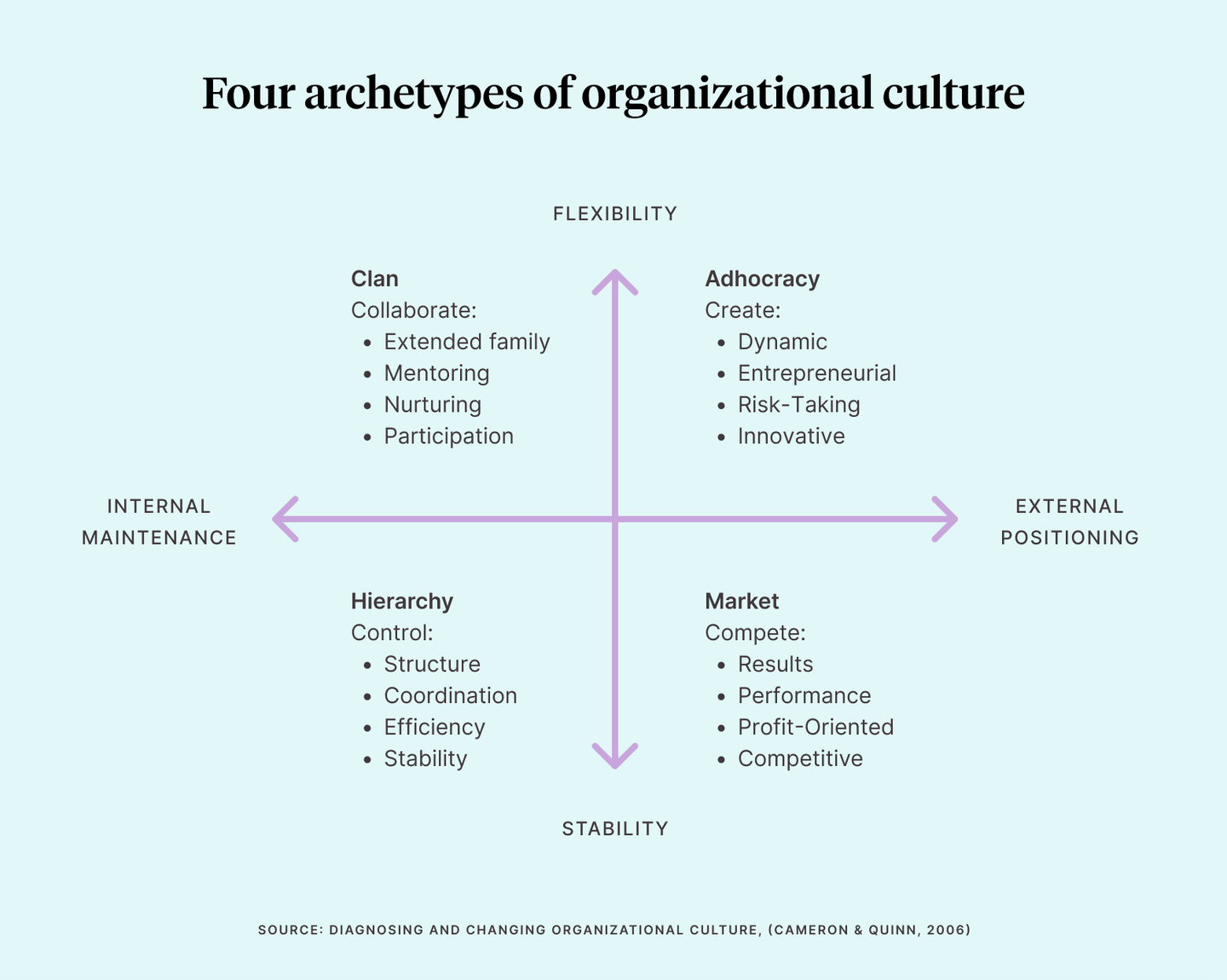Article
14 min
5 predictions for HR and the world of work in 2025

ArticleEmployee experience
6 min read ·August 7, 2024

Written by

Senior Content Marketing Manager, Culture Amp
How many times have you heard a friend or coworker express discontent with the way their company handles compensation?
Likely, plenty of times – whether it’s about being underpaid, gender pay gaps, general income inequality between the very top and bottom of the organization, or other factors.
For many employees, compensation is a high-stakes topic, emotionally. Whether or not somebody believes they’re being paid fairly can directly influence how valued and recognized they feel at a company. Employees who feel sidelined and underappreciated in the workplace will inevitably start searching for another opportunity that offers them a better (and often fairer) compensation package. This has become especially clear during the Great Resignation.
On the flip side, compensation is just as critical on the other side of the hiring process, as organizations leverage compensation in attracting and hiring new employees. Companies that offer below-market rates are likely missing out on top candidates, who may dismiss offers outside of their desired salary range. Top organizations use hefty compensation packages to attract the best and brightest talent, which explains why compensation makes up 70.6% of an employer’s costs in the United States.
However, as useful as compensation is for the recruiting stage of the employee lifecycle, compensation usually has minimal influence on employee engagement and the larger employee experience. It’s pretty easy to think that the more you pay somebody, the more engaged and retained they’ll be. However, the relationship simply isn’t that straightforward or linear.
There are things money can’t buy or make up for, like bad company culture or subpar everyday work experiences. Didier Elzinga, Culture Amp’s CEO, explains, “As soon as you are paying people enough, compensation stops being a substantial driver of engagement. That’s because people don’t just crave money – they also want feedback, opportunity, and visible career development. We’ve all seen people go to another job that has more of these things, despite offering the same or less pay.”
That being said, compensation and organizational culture are deeply intertwined. Let’s take a look at the relationship between the two and why it’s important to design a compensation strategy that mirrors and reinforces the culture you want to cultivate.
Generally speaking, compensation is a system that rewards individuals for how well they meet the company’s expectations, which may be measured on the basis of performance, loyalty, level of cooperation, or something else.
Theoretically, this system is also measuring how closely an individual’s behavior aligns with the company culture, which can be loosely defined as a shared set of goals, values, beliefs, and practices that lay the foundation of an organization’s unique social and psychological environment. Employees expect to be rewarded for adhering to the company’s values and beliefs, and will likely feel disillusioned when the “reward system” (compensation) doesn’t align with their perception of the company’s culture.
“The way you choose to compensate people will shape your culture,” elaborates Didier. “It's bewildering to see companies that say their core value is collaboration, but pay bonuses based on individual performance. If collaboration is your core value, then it is counterintuitive to promote individual performance over group performance.”
Simply put, employees are told that your company culture is a guidepost for employee behavior. Compensation, on the other hand, establishes what employee behaviors or values a company actually rewards. When the two are misaligned, employees are left at a crossroads, unsure of whether collaboration or competition is the true name of the game.
So, how can you assess whether or not your organization’s culture and compensation practices are aligned?
First, make sure you understand your company’s culture. Below are four organizational culture archetypes to get you started, which are taken from the study “Compensation and Culture: A Configurational Fit between Pay System and Culture Types.“

Here are the key features of each archetype according to the researchers:
These are general archetypes, it’s unlikely that any one of them fully encompasses your organization’s culture. For the sake of this exercise, it’s helpful to simply consider which archetype(s) most resemble your organization.
According to this study, each organizational archetype listed above benefits from a different compensation strategy – either pay distribution or pay-for-performance (PFP) compensation.
Pay distribution refers to the number of pay levels within the same organization, including the differences in pay grades between each level. There are two main kinds of distributions:
In comparison, pay-for-performance (PFP) compensation is a system of allocating rewards based on individual or group performance. For example, giving end-of-year bonuses to the highest performers. According to the researchers, PFP compensation rewards risk-taking and focuses on short-term performance.
Below are the study’s recommended compensation strategies for each of the archetypes:
| Type of pay distribution | Use of PFP compensation | |
| Clan culture | Egalitarian | Infrequent |
| Adhocracy culture | Egalitarian | Frequent |
| Hierarchy culture | Hierarchical | Infrequent |
| Market culture | Hierarchical | Frequent |
To illustrate how the proposed compensation strategies reinforce culture, let's take a look at Clan culture as an example.
One of the key words used to describe Clan culture is “collaborative.” Organizations with a Clan culture are committed to long-term employee development and emphasize cooperation between individuals and teams. As such, the most culturally aligned pay distribution is the egalitarian pay distribution. The authors recommend this approach because “disparities in pay between individuals within a collaborative team might create jealousies that inhibit the willingness of team members to work together.” In the same way, PFP compensation is not a good cultural fit, as Clan culture’s interest in employee development is “incompatible with the short-term, risk rewarding focus of a PFP strategy.”
By choosing the right compensation strategy, leaders can send a consistent message to employees about what is expected of them.
There’s no one right or wrong way to be a business. The most effective cultural model for your organization depends on your industry and unique product – remember, culture first companies come in all shapes and sizes. So rather than try to pinpoint some vague ideal culture, focus on aligning all the different components of your employee experience (including compensation) to reinforce the behaviors and values you want to see.
Didier put it perfectly when he wrote, “A culture first company is one that measures employee behaviors against the values of the company and does what is necessary to ensure all employees buy into those values.” Sometimes, this requires changing the way you pay and promote your employees. Other times, you may have to take a hard look at the state of diversity, equity, and inclusion in your workplace. Whatever it is you want to work on, remember to keep cultural alignment at the forefront.
